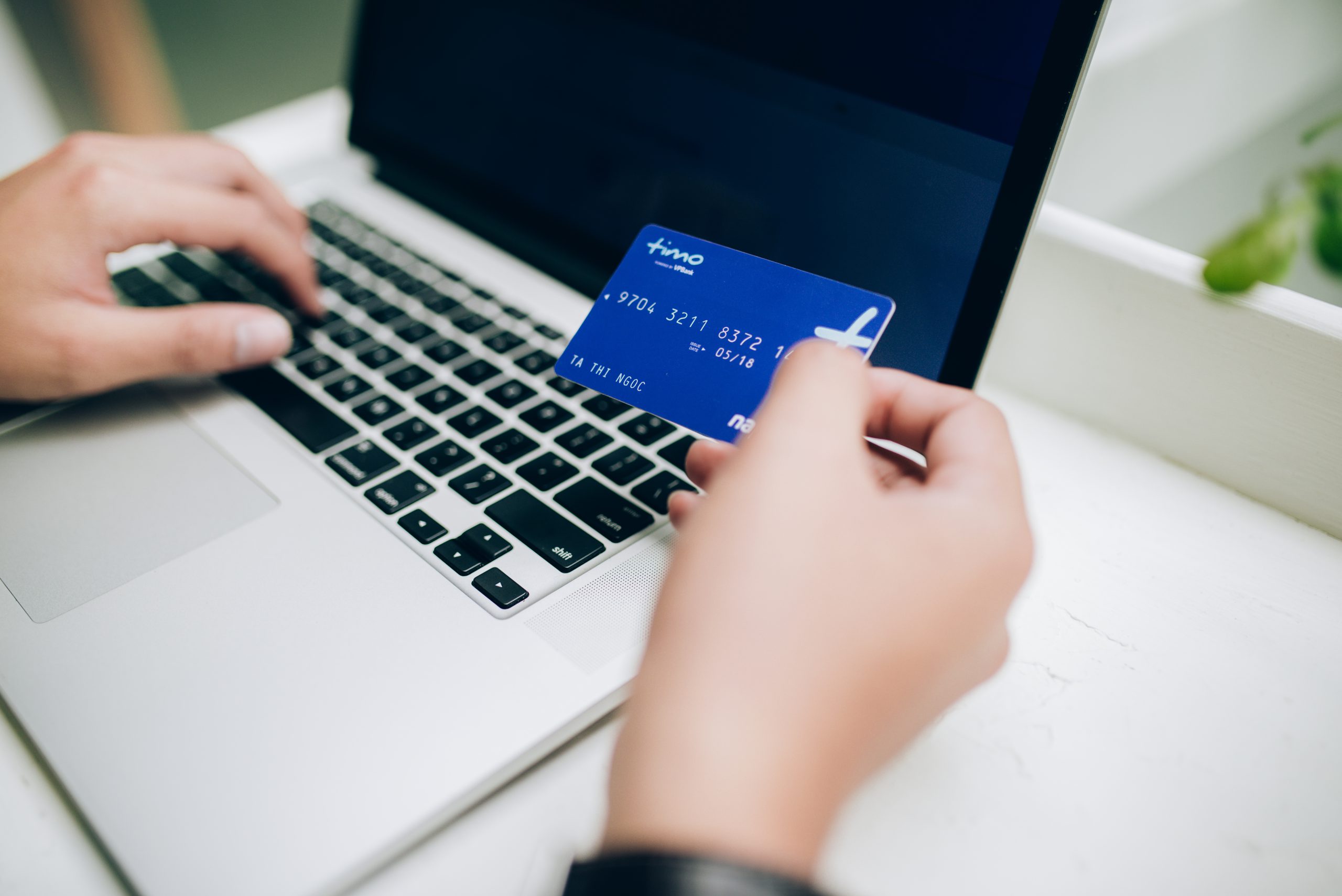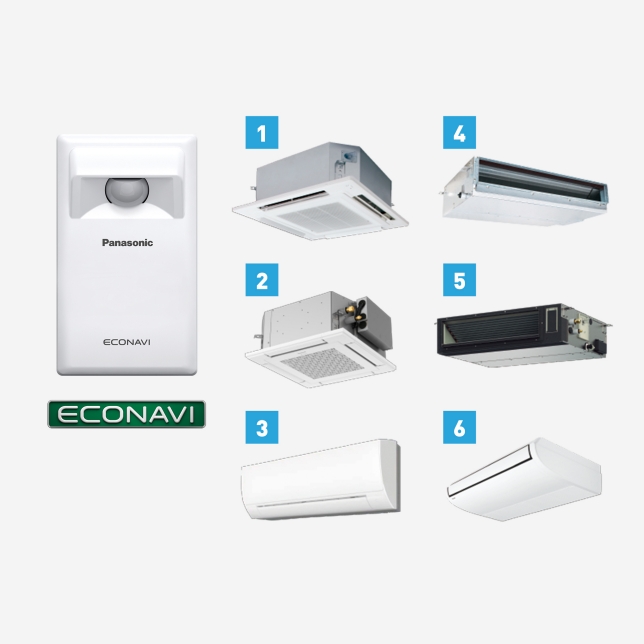In a wide range of banking terminologies, many people are still often confused between account numbers and card numbers. The confusion between these two terms can cause you more time spent on making a transaction as you would have to re-enter the required information to complete your transaction.
To help you become more proactive in carrying out transactions and personal plans, here is a detailed explanation of the differences between account number and card number.
1/ What are the differences between card numbers and account numbers?
Upon opening a card and bank account, each customer will be provided will a physical card and an account number to use. Your card number will be printed on your card, and your account number is usually provided on a piece of paper handed over to you by a staff at a bank or sent to you via your registered email address. 
- Card numbers: You card number can either be an array of 12 numbers or an array of 19 numbers. Each customer will have a unique card number provided on their card. In your card number, the first 4 digits are called BIN (Bank Identification Number) and the following 2 digits are used to represent your issuing bank. These numbers are used to identify the type of card being used, the geographic location of the card issuer and which bank issued the card. The The following 4 digits are usually the CIF (Customer Information File Code) number.
- Account numbers: Your account number can either be provided to you on a piece of paper handed over to you by the bank’s staff or sent to your registered email address. At some banks, your account number can also be printed on the front side of the card. Account numbers usually have 9 to 14 numbers (depending on each bank), in which the first 3 numbers represent your bank branch. Some banks also provide letters in their customers’ account numbers.
2/ When to use account number and when to use card number?
As account numbers and card numbers are used in different situations, knowing when and where to use them will bring a lot of convenience to your daily transactions.
Card numbers are often used in online transactions via e-commerce websites/apps. Upon arriving at the payment step, you will usually be asked to choose the type of card you are using (credit card, debit card, domestic ATM card, etc.). If you use your Timo Debit Card to pay, select domestic ATM card. If you use your Timo Mastercard to pay, select Credit Card.
On the other hand, account numbers are usually used to receive or transfer Money from your account. For instance, when you start a new job, you will be asked to provide your bank account details, including: account number, account holder’s name, your bank’s name, etc. This is one of the cases where you must use your account number instead of your card number. Your card is very important for money transfers, so make sure you memorize it or keep it with you at all times.
However, with Timo, you can either transfer money with card number or account number. Better yet, when transfering money to another Timo account, you only need one of the following information: card number, account number or registered email address of the payee.
3/ Important notes to remember when making transactions via your account number or card number
- Try to avoid confusing between your card number and account number. If you try to make a transaction and receive an error notification, check if you are mistaken for your card number with the account number or vice versa.
- Banks in the napas network allow transfer money to another bank within the napas network with card numbers.









